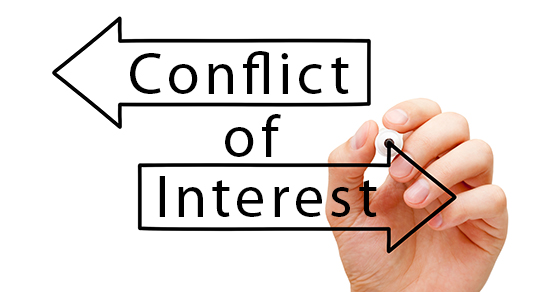
As year end approaches, it’s a good idea for calendar-year entities to review the guidelines for recognizing revenue and expenses. There are specific rules regarding accounting cutoffs under U.S. Generally Accepted Accounting Principles (GAAP). Strict observance of these rules is generally the safest game plan.
The basics
Companies that follow GAAP must use the accrual method of accounting, not the cash method. That means revenues and expenses must be matched to the periods in which they were earned or incurred. The end of the period serves as a “cutoff” for recognizing revenue and expenses. For a calendar-year business, the cutoff is December 31.
However, some companies may be tempted to play timing games to lower taxes or boost financial results. The temptation might be especially high in 2020, as many companies struggle during the COVID-19 pandemic.
Now or later
Test your understanding of the cutoff rules with these two hypothetical situations:
- As of December 31, a calendar-year, accrual-basis auto dealership has verbally negotiated a deal on an SUV. But the customer hasn’t yet signed all the paperwork. Should the sale be reported in 2020 or 2021?
- On December 30, a calendar-year, accrual-basis retailer pays its rent bill for January. Rent is due on the first day of the month. Can the store deduct the extra month’s rent in 2020 to help lower its tax bill?
In both examples, the transactions should be reported in 2021, not 2020. In the first example, even if the customer takes the car home for the weekend, it doesn’t matter; there’s still the possibility the customer could back out of the deal. The dealership can’t report the transaction in 2020 revenue until the customer has signed the paperwork and paid for the vehicle with cash or financing.
Audit procedures
If your financial statements are audited, your CPA will enforce strict cutoff rules — and likely reverse any items that were reported inaccurately. Audit procedures may include reviewing customer contracts and returns reported near year end. Auditors also may compare expenses as a percentage of revenues from period to period to identify timing errors. And they may vouch expenses to invoices and contracts for accuracy.
It never reflects favorably — in the eyes of investor or lenders — when auditors adjust year-end financial statements for inaccurate observation of cutoffs. Don’t give cause for others to wonder about your operations.
Timing is critical
Contact us if you need help understanding the rules on when to record revenue or expenses. We can help you comply with the rules and minimize financial statement adjustments during your audit.
© 2020










